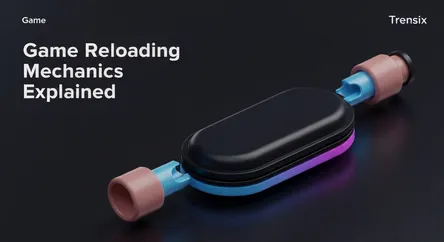Game
Game Reloading Mechanics Explained

Discover the core mechanic of reloading in video games. Learn why it's crucial for strategy in shooters and how it impacts game pacing and tension.
What is it?
Reloading is a core gameplay mechanic, primarily in shooter games, where a character replaces a depleted ammunition magazine or clip. This action temporarily leaves the player unable to fire, creating a window of vulnerability. Different games implement this in various ways; a "tactical reload" might be faster but discards remaining bullets, while a standard reload saves them but takes longer. The animations, speed, and sound design of reloading are crucial elements that contribute to a game's overall feel and immersion.
Why is it trending?
While reloading has always been a staple, the trend is toward greater realism and complexity. Modern games, especially tactical shooters, are moving beyond simple reloads. Developers are incorporating intricate animations, realistic magazine management (where you don't magically pool all your bullets), and consequences for interrupting the process. This push for deeper immersion satisfies a player demand for more challenging and thoughtful gameplay, making resource management as important as aiming in titles like Escape from Tarkov or Ready or Not.
How does it affect people?
Reloading fundamentally impacts the pacing and tension of combat. It forces players to think strategically, creating a constant risk-reward calculation: do you reload now and risk being caught, or push on with a few shots left? This decision-making process adds a significant layer of skill and suspense. A well-timed reload can be satisfying, while a mistimed one is a common source of in-game failure and frustration. It's a simple action that creates complex scenarios, defining the flow of firefights and separating novices from veterans.